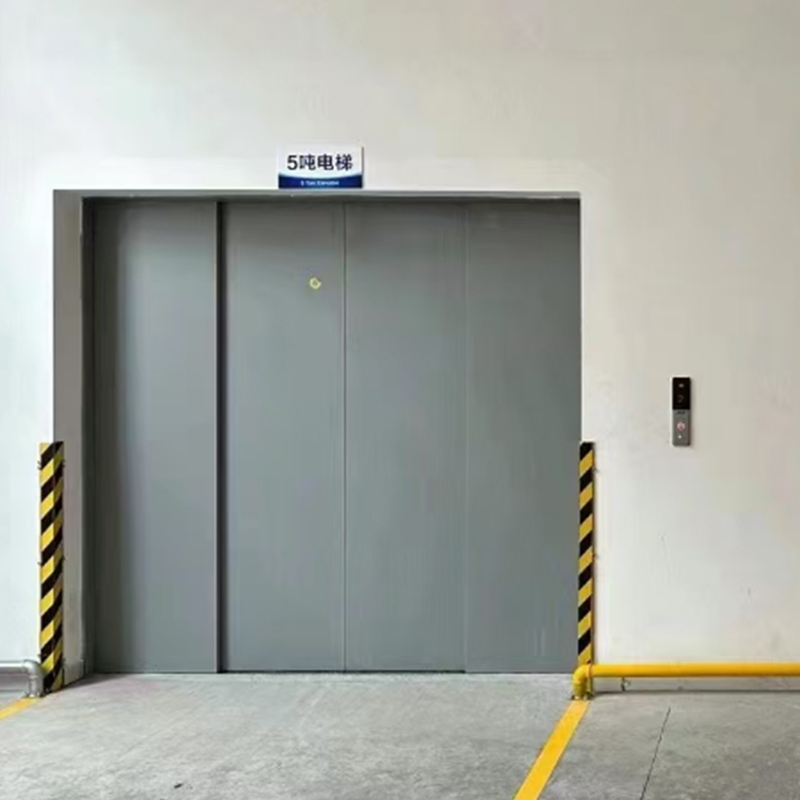
What Makes the Traction Gantry Car Model a Cornerstone of Industrial Efficiency?
Posted by Admin | 11 Nov
Understanding the Core Functionality of a Traction Gantry Car Model
A traction gantry car model represents a specialized piece of equipment designed for the precise movement and positioning of heavy loads within industrial environments, particularly those with fixed rail systems. Unlike standard cranes, this model integrates a gantry structure, which spans the work area like a bridge, with a motorized trolley or car that travels along the gantry beam. The "traction" aspect typically refers to the drive mechanism that pulls or propels the entire gantry system along ground-mounted tracks. This configuration allows for three-dimensional control over the load, enabling operators to lift, traverse the length of the gantry, and move the entire gantry structure along a predetermined path. Its primary application is found in settings such as manufacturing workshops, assembly lines, storage yards, and shipbuilding facilities where repetitive and precise horizontal transportation of massive components is a daily requirement.
Analyzing the Key Advantages of Implementing a Traction Gantry Car Model
The decision to integrate a traction gantry car model into an industrial operation is driven by a host of significant benefits that directly impact productivity and workflow. One of the most prominent advantages is its exceptional lifting capacity coupled with a vast coverage area, creating a highly efficient work envelope that minimizes the need for secondary handling equipment. This model offers superior stability and control during load movement, which is crucial for handling delicate or high-value items that are susceptible to damage from swinging or abrupt motions. Furthermore, by operating on a fixed track system, it optimizes floor space utilization, as the movement is confined to a dedicated pathway, unlike mobile cranes that require extensive clearances. The design often allows for customization to fit specific spatial and load-bearing requirements, making it a versatile solution for a wide range of industrial applications, from moving large steel girders to positioning heavy machinery on a production floor.
Deciphering Technical Specifications for an Informed Selection Process
Selecting the appropriate traction gantry car model for a project is a critical process that hinges on a thorough understanding of its technical parameters. Several key specifications must be carefully evaluated to ensure the equipment matches the operational demands. The lifting capacity is the foremost consideration, defining the maximum weight the model can safely hoist. The span of the gantry, which is the distance between the two legs or runways, determines the width of the area it can service. Lift height specifies the vertical distance the hoist can raise a load, while the traveling speed of both the trolley and the gantry itself affects overall cycle times. Other vital factors include the power supply method, such as festoon cable systems or conductor rails, the class of duty or how frequently the equipment will be used, and the environmental conditions it will be exposed to, which may necessitate special coatings or features.
Establishing a Safety-First Culture with Operational Protocols
Operating a traction gantry car model demands an unwavering commitment to safety due to the immense forces and weights involved. A comprehensive set of operational protocols must be established and strictly adhered to by all personnel. Before any operation begins, a pre-use inspection is mandatory to check for any signs of wear, damage, or malfunction in critical components like hooks, wires, brakes, and tracks. The operator must be fully trained and certified, possessing a clear understanding of the control system and load dynamics. It is crucial to never exceed the rated capacity and to ensure the load is securely attached and balanced. The work area around the gantry's travel path should be clearly marked and kept clear of unauthorized personnel. Modern traction gantry models are equipped with essential safety features including:
- Upper and lower travel limit switches to prevent over-hoisting or over-lowering.
- Overload protection devices that halt operation if the load exceeds safe limits.
- Emergency stop buttons at easily accessible locations.
- Anti-collision systems when multiple gantries operate on the same runway.
Implementing a Proactive Long-Term Maintenance Strategy
The reliability and longevity of a traction gantry car model are directly proportional to the quality and consistency of its maintenance regimen. A proactive, scheduled maintenance program is far more effective and cost-efficient than a reactive approach that addresses problems only after a breakdown occurs. Regular maintenance tasks include systematic lubrication of all moving parts, such as wheels, bearings, and gears, to minimize friction and wear. Electrical components, including motors, contactors, and wiring, require periodic inspection for signs of corrosion, loose connections, or insulation degradation. The structural integrity of the gantry beam, end trucks, and the trolley frame must be visually examined for any cracks or deformations. Keeping the running tracks clean and free of obstructions is also vital for smooth operation. Adhering to a maintenance schedule outlined by the manufacturer not only prevents unexpected downtime but also ensures the equipment continues to operate at peak efficiency and within its designed safety parameters for years to come.

-
 Founding Road, Qidu Linhu Economic Zone, Wujiang City, Jiangsu Province, China
Founding Road, Qidu Linhu Economic Zone, Wujiang City, Jiangsu Province, China
-
 [email protected]
[email protected]
-
 +86 17701557926/+86 0512-63818375
+86 17701557926/+86 0512-63818375


 En
En English
English русский
русский Español
Español عربى
عربى





